The U.S. system is now officially rigged to help the super-rich, new data show

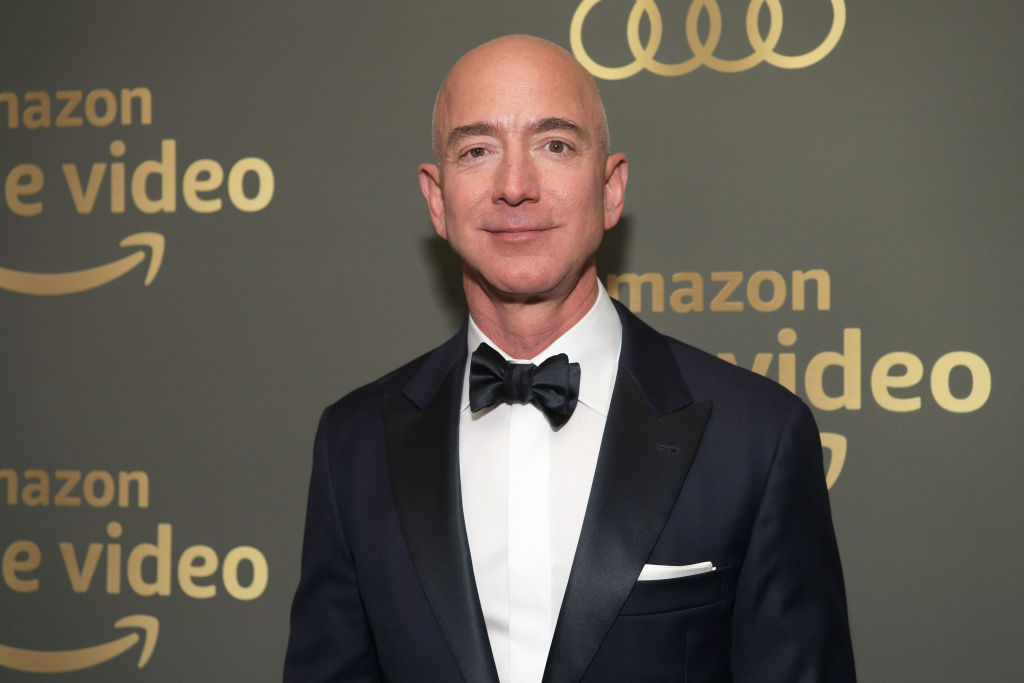
Wealth disparity just hit a couple of new milestones in America. The Census Bureau reported in late September that U.S. income inequality, as measured by the Gini Index, hit its highest level in more than 50 years. A new book by two economists at the University of California, Berkeley, offers an explanation and another jarring data point: For the first time in U.S. history, America's 400 richest families paid a lower effective tax rate last year than any other income group, including the working class.
Economists Emmanuel Saez and Gabriel Zucman detail in The Triumph of Injustice that — based on federal, state, local, corporate, and "indirect taxes" like motor vehicle licenses — the top 400 billionaires in the U.S. paid an effective tax rate of 23 percent in 2018, down from 47 percent in 1980 and 56 percent in 1960, Christopher Ingraham reports in The Washington Post. The bottom 50 percent, meanwhile, paid an effective tax rate of 24.2 percent, as it has more or less since 1960.
"The relatively small tax burden of the super-rich is the product of decades of choices made by American lawmakers, some deliberate, others the result of indecisiveness or inertia," Ingraham paraphrases. "But the tipping point came in 2017, with the passage of the Tax Cuts and Jobs Act," President Trump's biggest legislative achievement.
The Week
Escape your echo chamber. Get the facts behind the news, plus analysis from multiple perspectives.

Sign up for The Week's Free Newsletters
From our morning news briefing to a weekly Good News Newsletter, get the best of The Week delivered directly to your inbox.
From our morning news briefing to a weekly Good News Newsletter, get the best of The Week delivered directly to your inbox.
"Saez and Zucman portray the history of American taxes as a struggle between people who want to tax the rich and those who want to protect the fortunes of the rich," dating back to the 17th century, David Leonhardt writes at The New York Times. The tax-cutters have carried the day since the 1950s, and we've discovered again that "the American economy just doesn't function very well when tax rates on the rich are low and inequality is sky high," he argued. "Which means that raising high-end taxes isn't about punishing the rich (who, by the way, will still be rich). It's about creating an economy that works better for the vast majority of Americans."
A free daily email with the biggest news stories of the day – and the best features from TheWeek.com
Peter has worked as a news and culture writer and editor at The Week since the site's launch in 2008. He covers politics, world affairs, religion and cultural currents. His journalism career began as a copy editor at a financial newswire and has included editorial positions at The New York Times Magazine, Facts on File, and Oregon State University.
-
 Political cartoons for January 4
Political cartoons for January 4Cartoons Sunday's political cartoons include a resolution to learn a new language, and new names in Hades and on battleships
-
 The ultimate films of 2025 by genre
The ultimate films of 2025 by genreThe Week Recommends From comedies to thrillers, documentaries to animations, 2025 featured some unforgettable film moments
-
 Political cartoons for January 3
Political cartoons for January 3Cartoons Saturday's political cartoons include citizen journalists, self-reflective AI, and Donald Trump's transparency
-
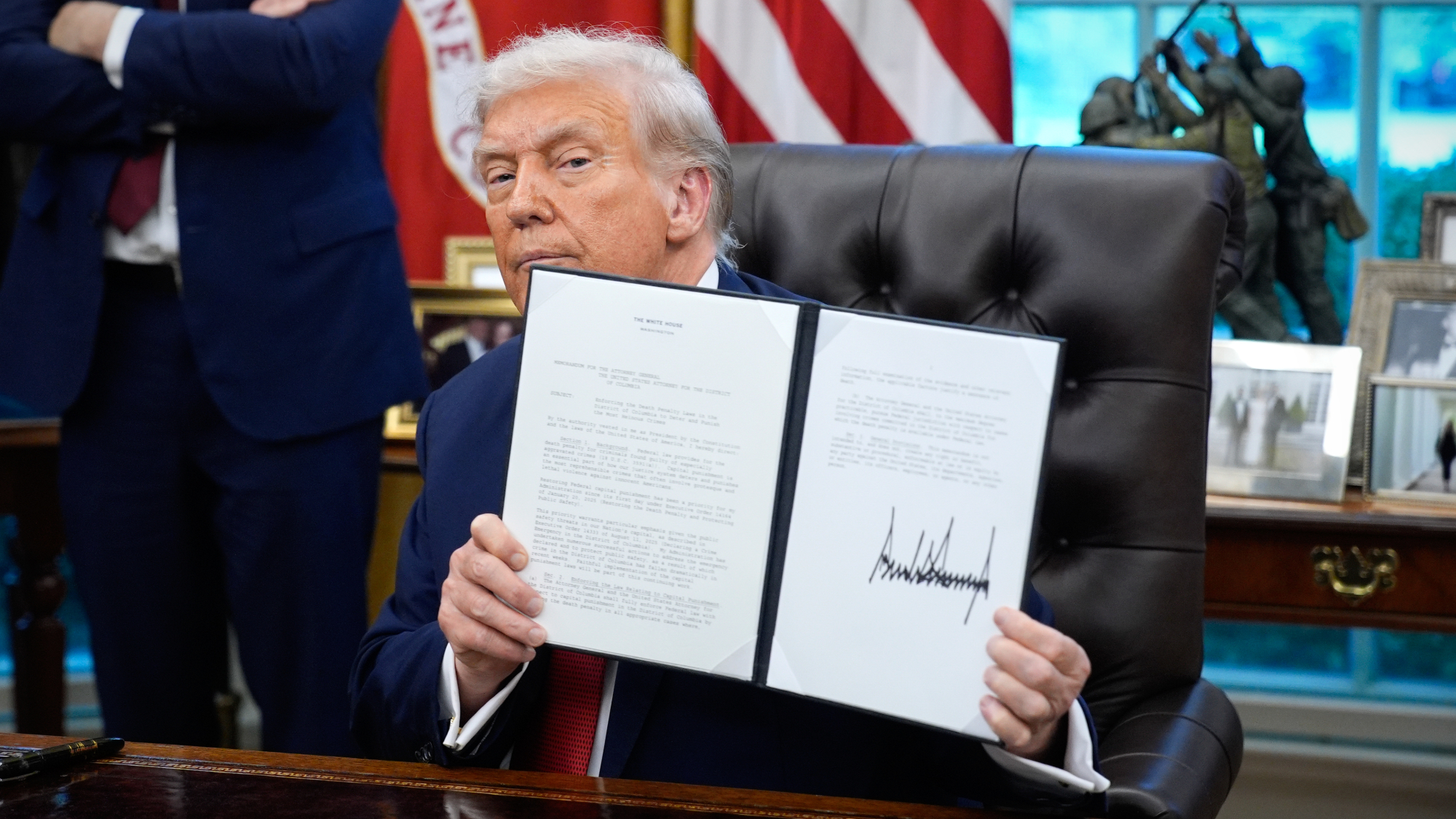 TikTok secures deal to remain in US
TikTok secures deal to remain in USSpeed Read ByteDance will form a US version of the popular video-sharing platform
-
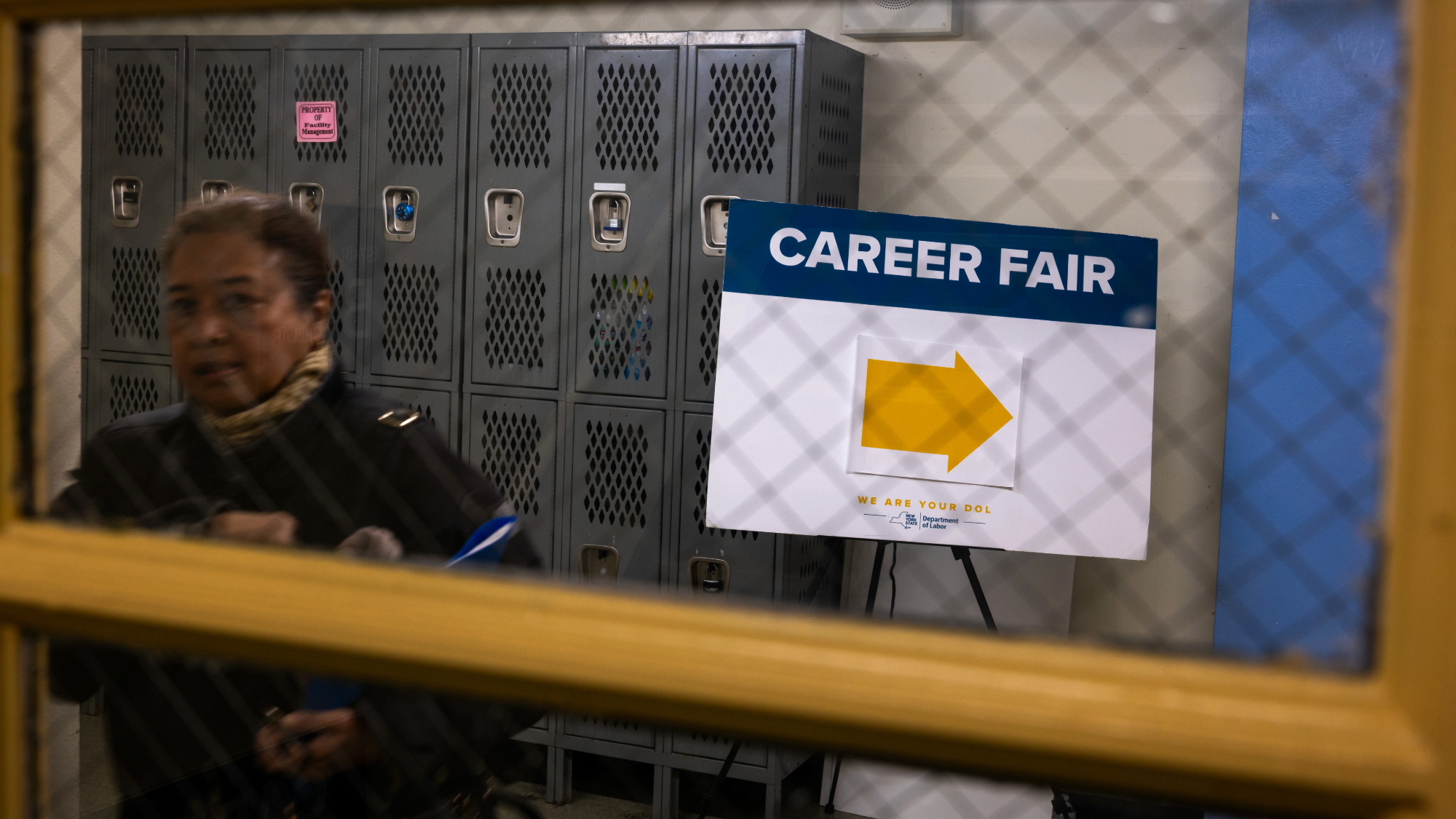 Unemployment rate ticks up amid fall job losses
Unemployment rate ticks up amid fall job lossesSpeed Read Data released by the Commerce Department indicates ‘one of the weakest American labor markets in years’
-
 US mints final penny after 232-year run
US mints final penny after 232-year runSpeed Read Production of the one-cent coin has ended
-
 Warner Bros. explores sale amid Paramount bids
Warner Bros. explores sale amid Paramount bidsSpeed Read The media giant, home to HBO and DC Studios, has received interest from multiple buying parties
-
 Gold tops $4K per ounce, signaling financial unease
Gold tops $4K per ounce, signaling financial uneaseSpeed Read Investors are worried about President Donald Trump’s trade war
-
 Electronic Arts to go private in record $55B deal
Electronic Arts to go private in record $55B dealspeed read The video game giant is behind ‘The Sims’ and ‘Madden NFL’
-
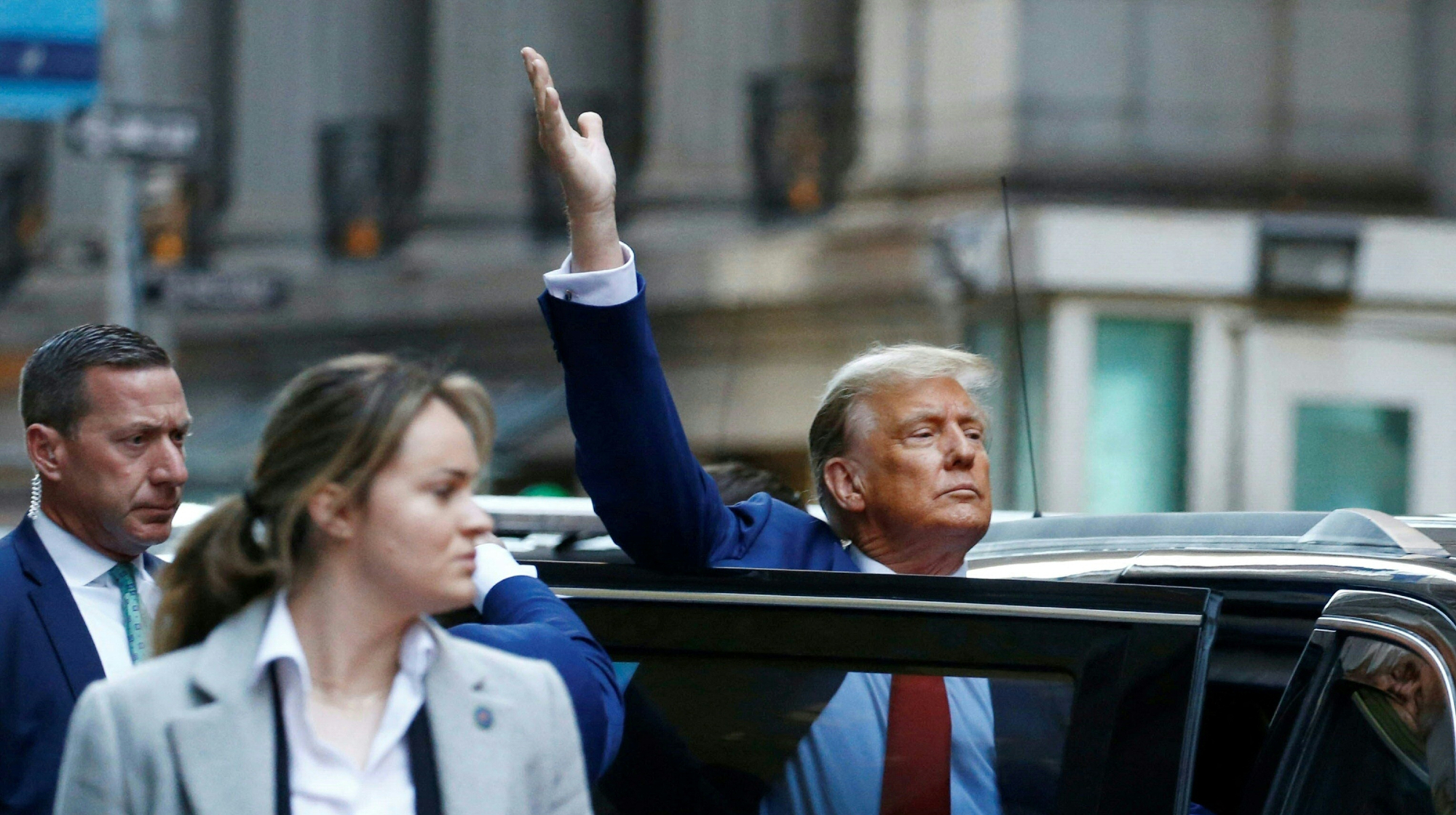 New York court tosses Trump's $500M fraud fine
New York court tosses Trump's $500M fraud fineSpeed Read A divided appeals court threw out a hefty penalty against President Trump for fraudulently inflating his wealth
-
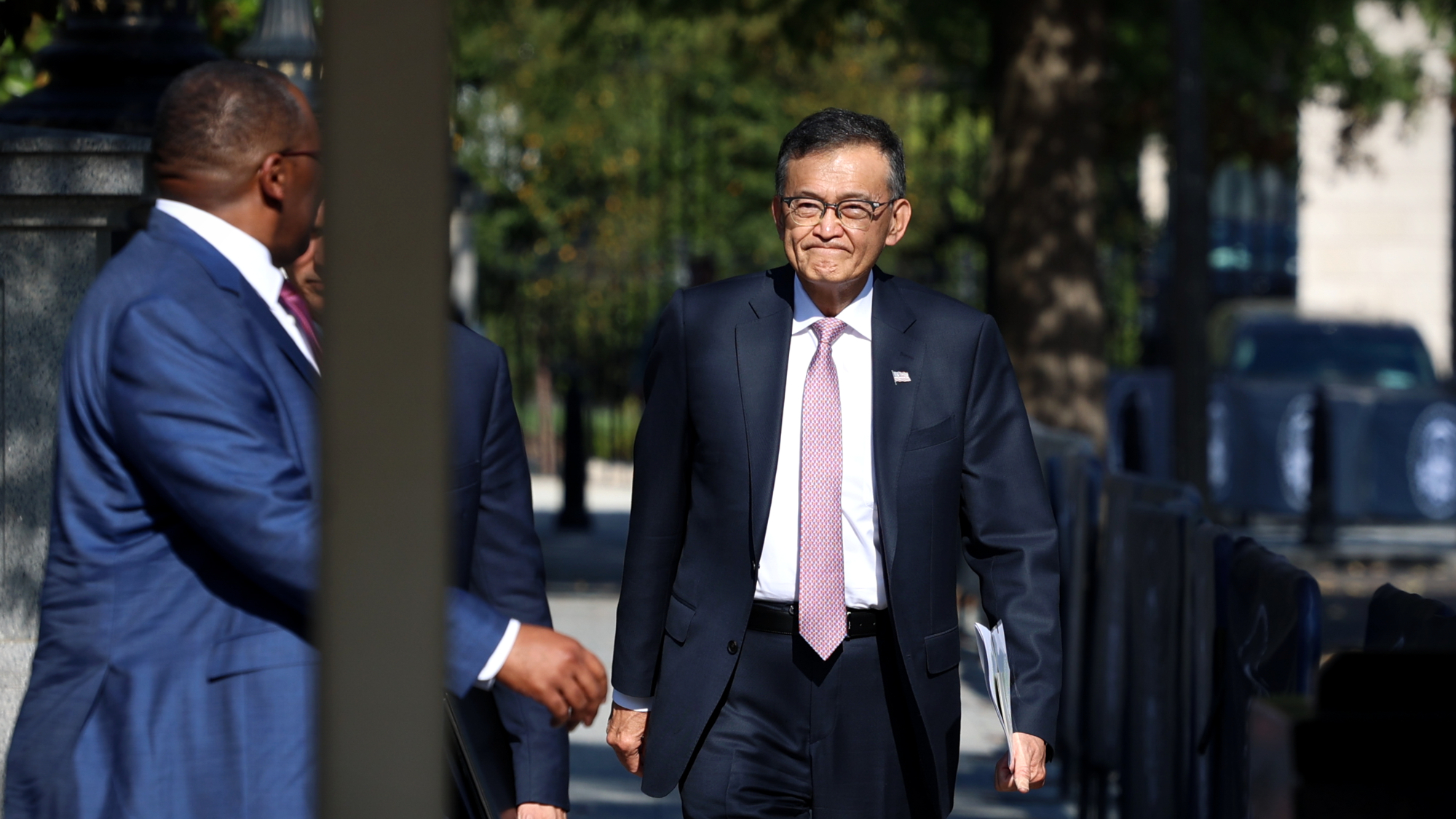 Trump said to seek government stake in Intel
Trump said to seek government stake in IntelSpeed Read The president and Intel CEO Lip-Bu Tan reportedly discussed the proposal at a recent meeting
